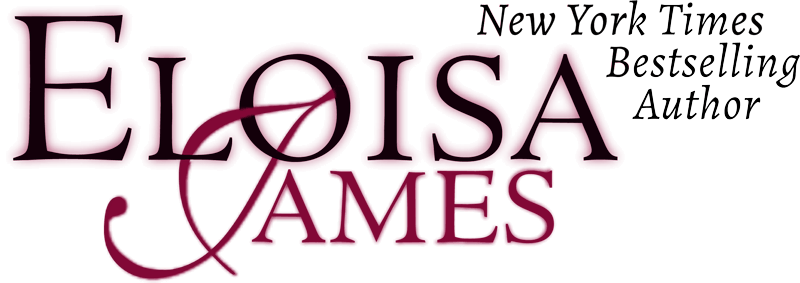
Exclusive Extras
Inside A Kiss at Midnight
Warning! In describing relations between characters, I may wreck a book for you by making it clear who someone marries, or the outcome of a book. Please do not read about The Inside Take if you're wary of knowing who is paired with whom!
- A Kiss at Midnight is based on the fairy story, “Cinderella.” My father, the poet Robert Bly, was always fascinated by fairy tales, and finally wrote the book Iron John (a rewriting of the fairy tale, “Iron John”), so in a sense it’s a family business. When my dad was working out the ideas behind the book, he talked compulsively about fairy stories. He loved to challenge my siblings and me to “explain” such stories in cultural terms–to rewrite them in a way that made them socially relevant. It was an easy step for me to move to rewriting stories myself.
- When I wrote Kiss, I was thinking about the rigid social structure in Regency England, and the effect it had on illegitimate children. I used three such “children” to explore various sides of the issue: Kate’s sister Victoria, Gabriel’s brother Wick, and the little girl who used to live in the castle, Merry. If you’re curious about Wick’s future, read my novella “Storming the Castle,” in which Wick gets his own happy ending.
- The story of Dido and Aeneas told in Virgil’s Aeneid is central to A Kiss at Midnight in several ways—because Gabriel longs to join the archeological exploration searching for Dido’s ancient city of Carthage, but also because I used the metaphor of Dido’s suicide to point to Kate’s resilience. Dido was the ruler of the great Tunisian city, Carthage. She and Aeneas fell in love, but he left her to found Rome, whereupon she made up a funeral pyre and threw herself on it. She was quite possibly a real historical figure, though it seems she likely killed herself to prevent a forced marriage, thereby staying loyal to her first (deceased) husband.





